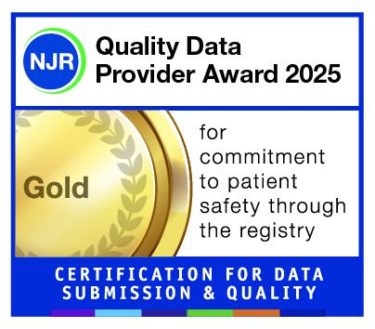WET AMD treatment locations
Gillingham
Rochdale
Shepton Mallet
We offer Wet AMD treatment nationally for NHS patients. We also operate our Wet AMD service from Practice Plus Group Hospital, Southampton and Practice Plus Group Surgical Centre, Gillingham.
Wet AMD is a painless eye condition that leads to the gradual loss of central vision due to abnormal blood vessel growth. It can be treated with medication and in some cases laser surgery.
What is macular degeneration?
Age-related Macular Degeneration (AMD) is a painless condition that generally leads to the gradual impairment of central vision, which is used for reading, recognising faces and other key elements of recognition.
Normal macular ageing changes are a common incidental finding on a routine visit to the optometrist. AMD may also be detected before it is symptomatic or noticed by the patient.
Dry AMD is currently not treatable but there are various support groups available to help you cope with the condition
Wet AMD signs and symptoms
There are a number of symptoms including:
- Gaps or dark spots across your vision
- Reduced central vision in one or both eyes
- Words may be distorted or mixed up on a page
- Jumbled printed words
- Straight lines may appear distorted or bent.
Wet AMD diagnosis – when should I seek treatment?
Upon diagnosis of wet AMD, your GP should immediately refer you to an AMD specialist for treatment. Alternatively please ask your optician to refer into our service today.
Best treatments for Wet AMD
Upon receiving a diagnosis for wet AMD you will be referred to your local AMD service provider.
Wet AMD injections
The treatment for AMD involves an injection into the eye, known as an intravitreal injection (IVI), using one of the following drugs:
- Lucentis (Ranibizumab) 0.5mg/0.05ml
- Eylea (Aflibercept) 2mg/0.05ml
- Avastin (Bevocizumab) 1.25mg/0.05ml
These injections help to stop the vessels leaking fluid into the retina, causing impairment of vision. Patients will be given a local anaesthetic via eye drops prior to receiving the treatment.
How long does AMD treatment take?
The appointments will take no longer than 30 minutes for your first appointment, including your preliminary examinations. It is advised not to drive to your first appointment, as you will be dilated. After your first appointment, follow ups will last no more than 20 minutes.
Most patients will go home immediately after the injections, it is advised to have someone with you if possible.
What are the results of AMD treatment?
Patients often report an almost overnight improvement in their eyesight, with many returning to activities such as driving and reading with no further eye problems.
What are the risks and complications of AMD treatment?
Intravitreal injections are very safe and risks are very small. You will have the opportunity to discuss any risks with your consultant prior to agreeing any treatment plan.
Pre-operative assessment
A pre-operative assessment is our opportunity to ensure that the procedure for which you have been referred is right for you. We’ll explain your treatment to you and makes sure that you are well enough to go ahead with it. It is also your opportunity to meet the team who will care for you and to ask any questions.
Why choose Practice Plus Group?
At Practice Plus Group Hospitals we’re passionate about giving patients a positive experience and excellent clinical outcomes, with personalised care every step of the way. Whether you’re paying for yourself or using private medical insurance, with our short waiting times, unrivalled Care Quality Commission (CQC) ratings and high levels of cleanliness and infection control, we’ll make sure you’re looked after. In fact, we were the first provider to have all services rated ‘Good’ or ‘Outstanding’ by the CQC.









